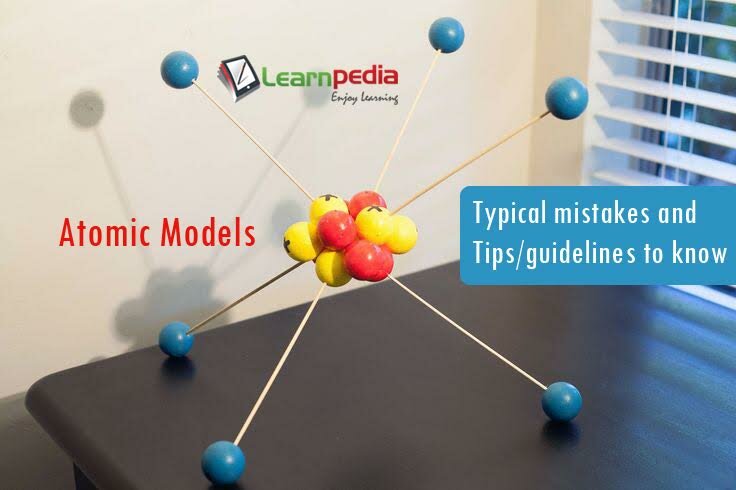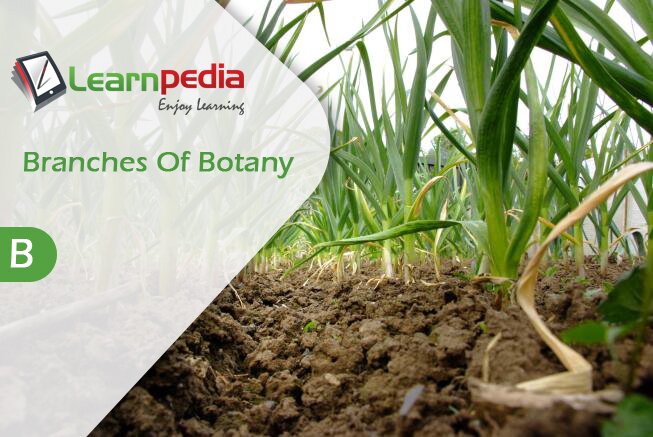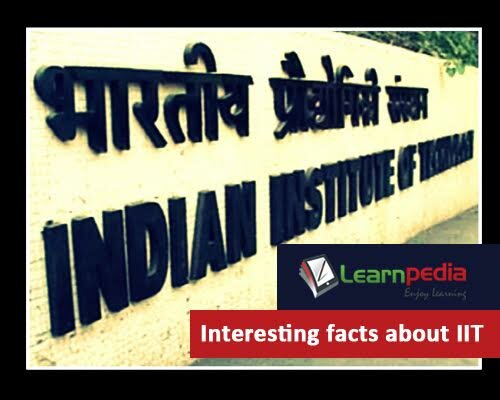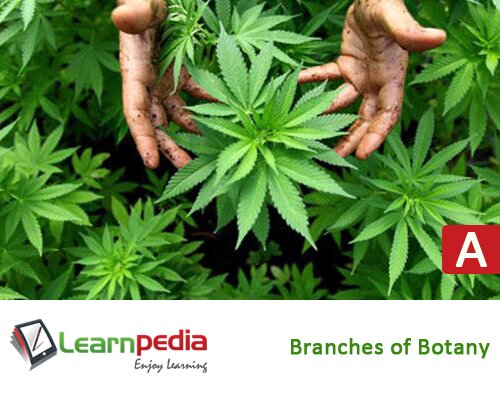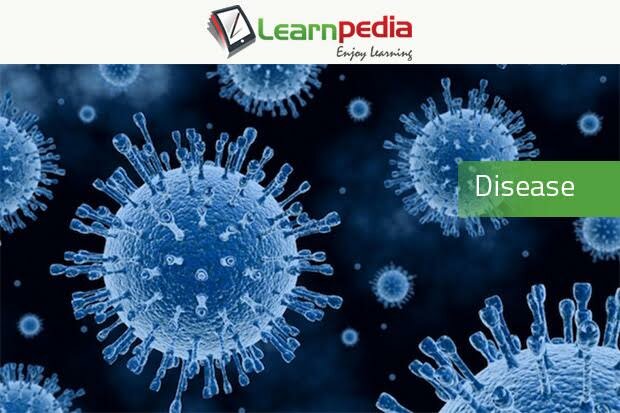BOTANY – XI
1. THE LIVING WORLD
1. The living world: What is living?; Diversity in the living world; Taxonomy or Systematics – Identification, Nomenclature, Classification, Affinities (New Systematics and Hierarchy & Species concept.
2. Taxonomical aids: Herbarium, Botanical gardens, Zoological parks, Museums, Key -Flora/ Fauna, Catalogues, Manuals, Monographs.
3. Trinomial system, Typological concept – Biotype, Ecotype, Ecophene.
2. BIOLOGICAL CLASSIFICATION
1. Classification: Bentham & Hooker’s system of classification – Merits, Demerits; Eichler’s classification; Oswald Tippo’s classification; Whittaker classification
2. Kingdom Monera: Main characters of prokaryotes; Bacteria – Shape, Cell wall, Bacteria shape, Flagella, Pili, Gram Staining, Cell membrane, Cytoplasm.
3. Bacteria: Nutrition in bacteria; Respiration – Aerobic and Anaerobic Respiration
4. Reproduction: Asexual and Sexual reproduction
5. Economic importance: Harmful and Useful
6. Actinomycetes, Archaebacteria, Blue Green algae: Structure, Physiology – Nitrogen fixation, Reproduction
7. Kingdom Protista: General characters; Structure, Locomotion, Nutrition, Respiration, Reproduction – Life cycles
8. Classification: Algal protists – Dinoflagellates, Chrysophytes, Euglenoids
9. Consumer – Decomposer protists: Slime moulds – Acellular slime moulds, Cellular slime moulds
10. Protozoan protists: Occurrence, Structure, Reproduction
11. Kingdom Fungi: General characters – Occurrence, Fungal Structure, Cell Structure, Reproduction- Vegetative, Asexual, Sexual
12. Classification of fungi – Phycomycetes, Ascomycetes, Basidiomycetes, Deuteromycetes
13. Phycomycetes: Rhizopus;
14. Ascomycetes: Structure and Reproduction. Eg: Yeast, Penicillium, Claviceps, Erysiphe
15. Basidiomycetes: Agaricus, Puccinia
16. Deuteromycetes: Lichens
17. Viruses: Structure and Reproduction
3. PLANT KINGDOM (or) CLASSIFICATION OF PLANTS
1. Plant kingdom: Classification of Plant Kingdom – Linnaeus, Eichler, Oswald Tippo; Salient features of the Plant kingdom
2. Algae: Thallus structure; Cell structure; Asexual reproduction; Sexual reproduction
3. Chlorophyceae: Structure of thallus; Vegetative reproduction, Asexual reproduction and Sexual reproduction
4. Phaeophyceae: General Characters; Vegetative reproduction and Sexual reproduction
5. Rhodophyceae: Structure and Reproduction
6. Bryophyta: General Characters with stages of life-cycle; Classification of bryophytes -Hepaticopsida, Anthoceropsida, Bryopsida;
7. Pteridophyta: Life-cycle in pteridophytes; Organization of sporophyte – Morphology; Anatomy- Stelar types of Evolution; Development of sporangium; Types of sporangia showing heterospory; Germination of spore and production of gametophyte; Sex organs on gametophyte- their structure and development; Fertilization and development of sporophyte.
8. Gymnosperms: Habitat, Habit, Life Cycle in a gymnosperm plant
9. Angiosperms: General Characters – Plant body; Anatomy – Monocot and Dicot; Flower; Fruit; Seed.
4. MORPHOLOGY OF FLOWERING PLANTS
1. Root: Root – Structure and types & normal functions; Modification of roots
2. Stem: Types of stems; Structure of stem (Stem morphology); Types of buds; Growth of the stem; Branching; Functions of stem; Stem modifications – Modifications of aerial stems; Modification of sub-aerial and underground stems
4. Inflorescence
5. Flower
6. Pollination: Types of pollination; Contrivances for cross pollination; Fertilization; Development of fruit and seed; Types of fruits
7. Structure of seed & germination: Dicot seed; Monocot seed; Types of germination
8. Taxonomy: Taxonomy – Classification of flowering plants; Technical description of plants; Floral parts and symbols
9. Description of families: Fabaceae; Solanaceae; Liliaceae.
5. ANATOMY OF FLOWERING PLANTS
1. Tissues: Classification of tissues; Concepts of tissues formation and Meristematic tissues
2. Permanent tissues: Parenchyma, Collenchyma and Sclerenchyma
3. Complex (or) Vascular tissues: Xylem and Phloem
4. Secretory tissues or Special tissues
5. Tissue Systems: Epidermal tissue system; Ground tissue system; Vascular tissue system
6. Structure of root: Structure of a dicot roof; Structure of a monocot roof
7. Structure of stem: Structure of a Dicot stem; Structure of a Monocot stem
8. Structure of Leaf: Structure of a dicot leaf; Structure of a xerophytic leaf; Structure of a monocot leaf
9. Secondary Growth: Secondary growth in a dicot stem; Secondary growth in a dicot root.
6. CELL – THE UNIT OF LIFE
1. Cell: Cell theory; An overview of cell – Prokaryotic cell, Eukaryotic cell
2. Cell Organelles: Cell wall, Cell membrane; Endoplasmic reticulum; Golgi apparatus; Lysosomes; Vacuoles; Mitochondria; Plastids – Chloroplast, Chromoplast and Leucoplast; Ribosomes; Cytoskeleton; Cilia & Flagella; Centrosome and Centrioles; Nucleus; Chromosomes; Microbodies.
7. CELL DIVISION AND CELL CYCLE
1. Stages of cell division; Regulation of cell Cycle; Mitosis
2. Meiosis
8. PLANT PHYSIOLOGY
1. Plant physiology: An applied science it’s importance, Plant water relationships – Water potential, Osmosis, Diffusion, Imbibition
2. Forms of water: Run away water, Gravitational water, Capillary water, Chemically bound water, Hygroscopic water; Atmospheric humidity; Hollard, Chresard, Echard – Concepts; Organ for water absorption
3. Path of water absorption: Apoplast; Symplast; Mechanism of water absorption – Passive absorption, Active absorption; Factors affecting water intake
4. Ascent of sap: Movement of water through Xylem – Experimental proof; Mechanism of Ascent of sap – Vital force theories – Godlewski’s theory, Pulsation theory by J.C. Bose, Roof pressure theory by Priestley, Physical force theories – Capillary force, Imbibition force, Cohesion theory
5. Transpiration: Stomatal apparatus; Mechanism of stomatal movement & factors; Cuticular & lenticular transpiration; Factors influencing transpiration
9. MINERAL ABSORPTION
1. Mineral absorption: Passive absorption, Active absorption
2. Nutrition: Mineral nutrition, N2 metabolism
3. Enzymes and their role in metabolism: Nature of enzymes, Action of enzymes, Classification of enzymes
10. PHOTOSYNTHESIS
1. Photosynthesis introduction: History of photosynthesis; Photosynthetic apparatus; Photosynthetic pigments
2. Light reaction: Light Reaction, Electron transport, Photophosphorylation – Cyclic, Non –Cyclic
3. Dark reaction: Dark reaction; C4 Pathway; Photo respiration
4. Factors affecting photosynthesis: Blackman’s law of limiting factors.
11. RESPIRATION
1. Respiration: Mechanism & types; Anaerobic respiration – Fermentation; Aerobic respiration – Glycolysis, TCA Cycle, ETC; Respiratory balance sheet, Amphibolic pathway; R.Q
12. PLANT GROWTH AND DEVELOPMENT
1. Plant Growth and Development: Concept of Growth; Phases of growth; Growth rates; Conditions for growth
2. Plant growth regulators: Growth promoters; Growth inhibitors; Discovery of growth regulators; Auxins; Gibberellins; Cytokinins; Ethylene; Abscisic acid
3. Photoperiodism; Vernalisation

BOTANY – XII
1. SEXUAL REPRODUCTION IN FLOWERING PLANTS
1. Male reproductive structure
2. Female reproductive structure
3. Pollination
4. Double Fertilization
5. Development of Seed and fruit formation
6. Special modes – Apomixis, Parthenocarpy, Polyembryony
2. PRINCIPLES OF INHERITANCE AND VARIATION
1. Heredity, Variations, Genetic Terminology and Historical Account
2. Mendel’s Experimental Plant, Monohybrid Cross
3. Dihybrid Cross and Trihybrid Cross
4. Incomplete Dominance, Codominance and Multiple Alleles
5. Epistasis
6. Qualitative and Quantitative Inheritance
7. Chromosomes
8. Sex Determination and Genic Balance Theory
9. Linkage and Crossing Over
10. Genetic Variations
11. Human Genetic Disorders
3. MOLECULAR BASIS OF INHERITANCE
1. DNA-Discovery, Structure
2. DNA Replication
3. Transcription
4. Genetic Code
5. Translation
6. Mutation and Types of Mutation
7. Gene Expression
4. STRATEGIES FOR ENHANCEMENT IN FOOD PRODUCTION
1. Different methods of crop improvement and breeding
2. Production of Disease free plants and Strategies for Enhancement of Food Production
3. Plant Disease and their Control
4. Genetic Conservation
5. Plant Tissue Culture
6. Fertilizers, Biopesticides, Bioinsecticides and Biopiracy
5. BIOTECHNOLOGY
1. Principles of Biotechnology – Genetic engineering (rDNA technology)
2. Biotechnological Applications – health and agriculture: Human insulin and vaccine production, gene therapy; Genetically modified organisms – Bt crops; Transgenic Animals; Biosafety issues – Biopiracy and patents.
6. ORGANISMS AND POPULATIONS
1. Environmental Factors
2. Population attributes
3. Different population interactions
7. ECOSYSTEM
1. Ecosystem components,
2. Food Chains and Ecological Pyramids
3. Ecological Succession
4. Nutrient Cycling
8. BIODIVERSITY AND CONSERVATION
1. Biodiversity and Levels of Biodiversity
2. Loss of Biodiversity
3. Biodiversity conservation
4. Hotspots, endangered organisms, extinction, Red Data Book, biosphere reserves
9. ENVIRONMENTAL ISSUES
1. Air and Water Pollution
2. Soil, Sound Pollution and Global Warming
3. Deforestation
10. MICROBES IN HUMAN WELFARE
1. Microbes in Household Products, Industrial products, Sewage treatment, production of biogas
2. Microbes as biocontrol agents, biofertilizers.



